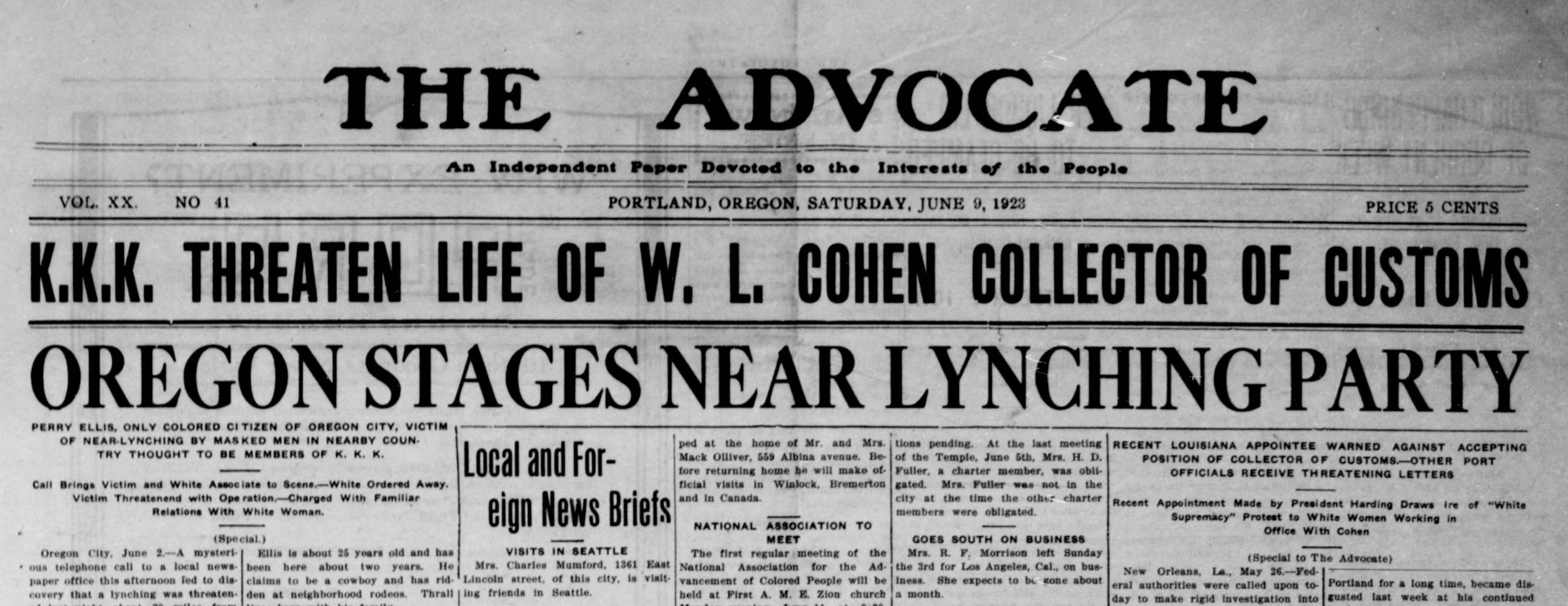7 Simple Techniques For News Articles
Table of ContentsThe 10-Second Trick For News ArticlesThe Of News ArticlesFascination About News ArticlesWhat Does News Articles Do?About News Articles
Excellent understanding of various subjects offers trainees an affordable edge over their peers. Despite the fact that digital and social networks are easily available, we need to not forget just how crucial it is to read the newspapers. Parents must try and instill the routine of reading a newspaper as a daily regimen to continue the heritage of the revered print medium.Information stories also have at least one of the following essential attributes family member to the desired target market: closeness, prominence, timeliness, human rate of interest, oddity, or consequence.
Within these limits, newspaper article additionally intend to be detailed. Other factors are involved, some stylistic and some acquired from the media type. Amongst the bigger and extra revered papers, fairness and equilibrium is a major variable in presenting details. Discourse is typically confined to a different section, though each paper may have a different total angle.
Papers with a worldwide audience, as an example, often tend to utilize a more official design of writing. The details options made by a news electrical outlet's editor or editorial board are often accumulated in a style guide; usual style overviews include the and the United States News Design Publication. The primary objectives of news writing can be summed up by the ABCs of journalism: precision, brevity, and quality.
The Main Principles Of News Articles
As a rule, journalists will not make use of a long word when a brief one will do. They use subject-verb-object building and vibrant, energetic prose (see Grammar). They offer anecdotes, examples and allegories, and they rarely depend on generalizations or abstract ideas. Information writers try to prevent making use of the very same word extra than as soon as in a paragraph (sometimes called an "resemble" or "word mirror").
Nonetheless, headings sometimes omit the subject (e.g., "Leaps From Watercraft, Catches in Wheel") or verb (e.g., "Pet cat lady lucky"). A subhead (also subhed, sub-headline, subheading, subtitle, deck or dek) can be either a subordinate title under the major heading, or the heading of a subsection of the short article. It is a heading that precedes the major text, or a team of paragraphs of the major text.

of an article subject, source, or interviewee), it is described as a drawn quote or pull quote. Added signboards of any one of these kinds may appear later in the article (particularly on succeeding web pages) to attract further analysis. Journalistic internet sites occasionally make use of computer animation strategies to exchange one signboard for one more (e.g.
Get This Report about News Articles
Such billboards are additionally utilized as tips to the article in other areas of the publication or website, or as ads for the piece in various other magazine or sites. News release of the Swiss government. Regular structure with title, lead paragraph (recap in vibrant), various other visit this website paragraphs (details) and contact info.

Example of a hard-lead paragraph NASA is proposing one more space job. The budget plan requests around $10 billion for the task.
An "off-lead" is the 2nd most vital front page information of the day. To "bury the lead" is to start the write-up with history information or details of additional relevance to the visitors, compeling them to review more deeply into a short article than they must have to in order to discover the essential factors.
Not known Facts About News Articles
Typical usage is that one or more sentences each form their own paragraph. Reporters typically explain the organization or framework of an information tale as an upside down pyramid. The vital and most interesting components of a tale are placed at the start, with supporting info complying with in order of diminishing significance.
It allows individuals to discover a subject to only the depth that their curiosity takes them, and without the charge of information or nuances that they might take into consideration unnecessary, but still making that info readily available to extra interested visitors. The inverted pyramid structure likewise allows write-ups to be cut to any type of arbitrary size throughout format, to suit the area available.
Some authors start their tales with the "1-2-3 lead", yet there are numerous kinds of lead readily available. A twist can refer to several points: The last tale in the news broadcast; a "satisfied" tale to finish the show.
Longer short articles, such as publication cover short articles and the pieces that lead the inside areas of a paper, are known as. Function stories differ from straight information in a number of ways. Foremost is the lack of a straight-news lead, a lot of the moment. Rather of providing the essence of a story in advance, function writers may try to entice viewers in.
The Best Strategy To Use For News Articles
A feature's very first paragraphs commonly associate an appealing minute or occasion, as in an "unscientific lead". From the particulars of a person or episode, its view promptly widens to abstract principles about the story's subject.

The Editor's Toolbox: A Referral Guide for Beginners and Professionals (2001) Allan M. Siegal and William G. Connolly. The New York Times Handbook of Design and Usage: The Official Style Guide Made Use Of by the Writers and Editors of the World's Many Reliable Newspaper (2002) his response M. L. Stein, Susan Paterno, and R.